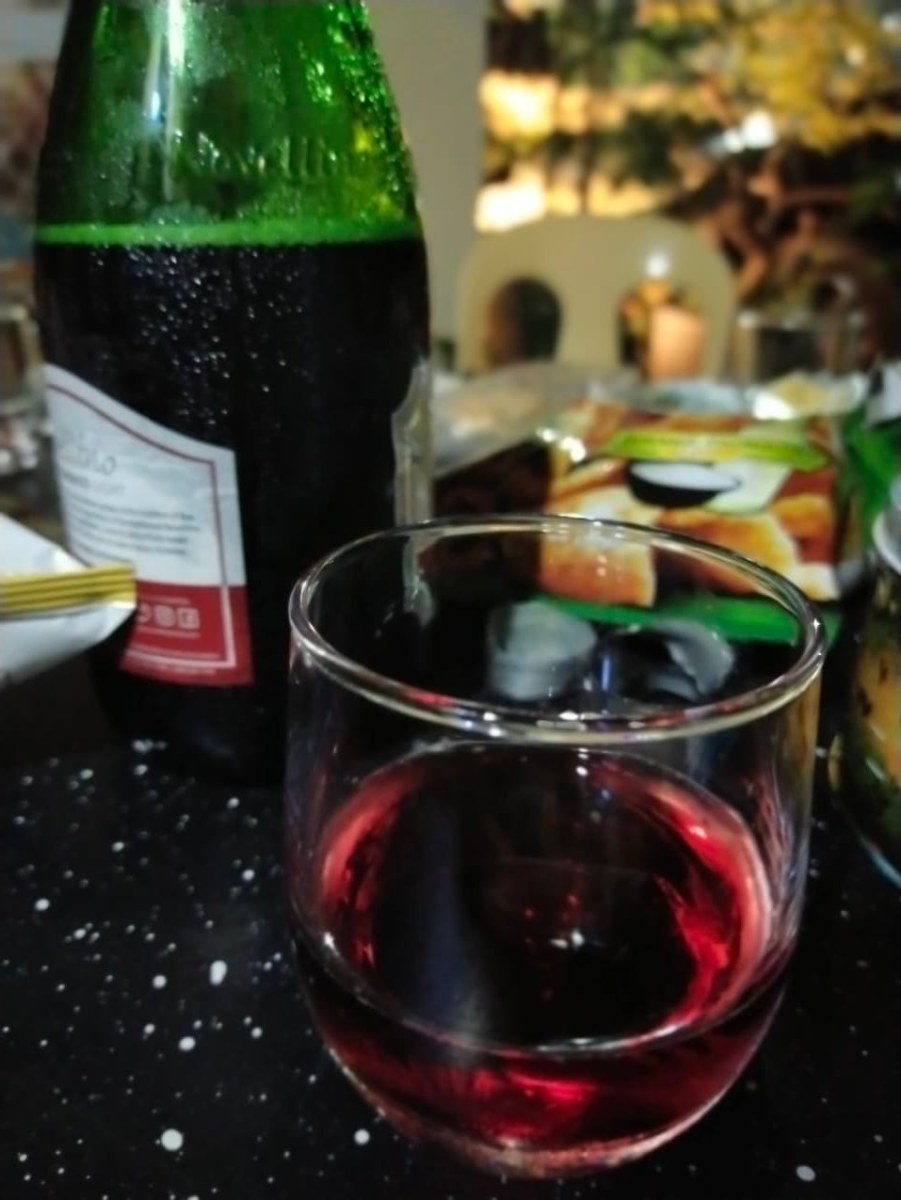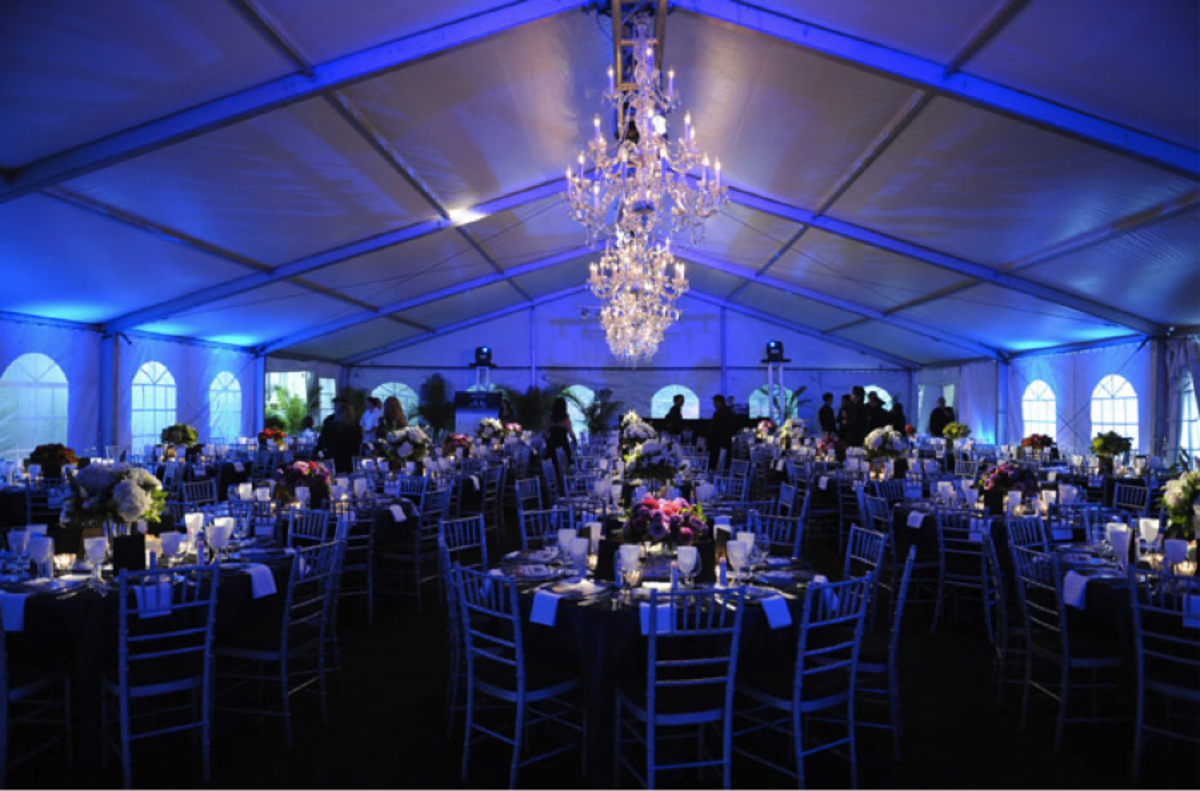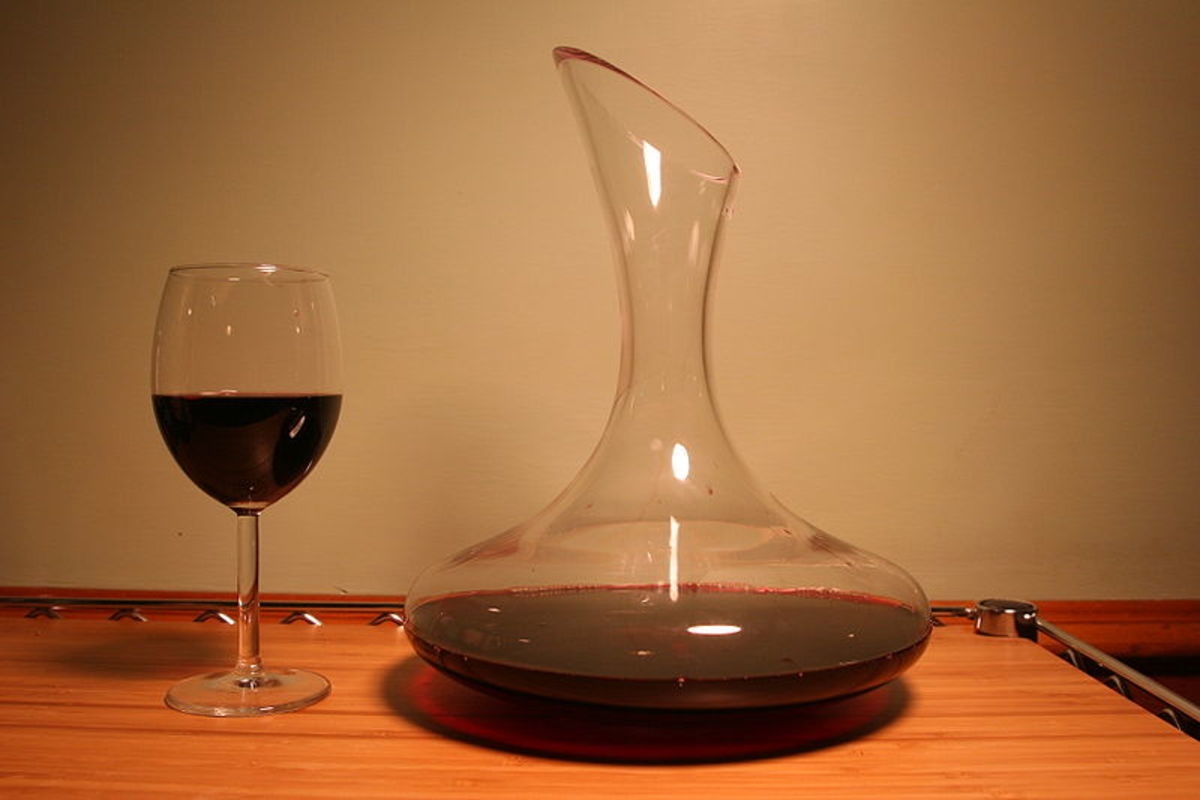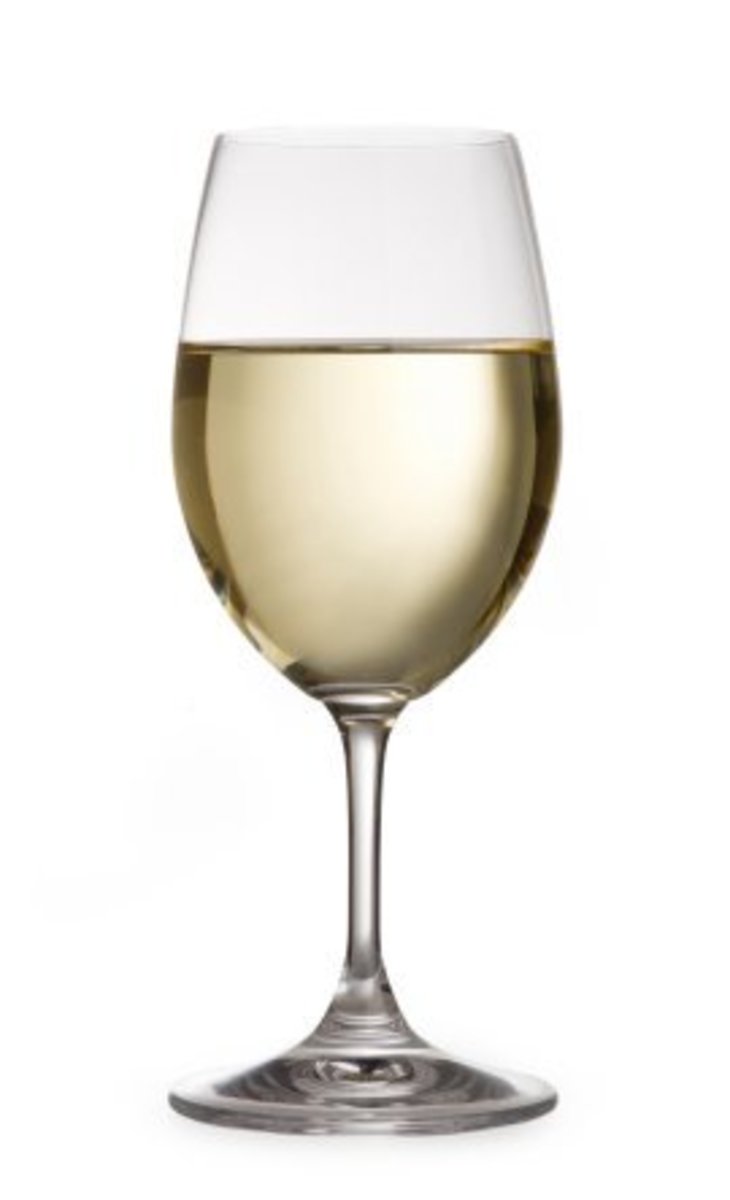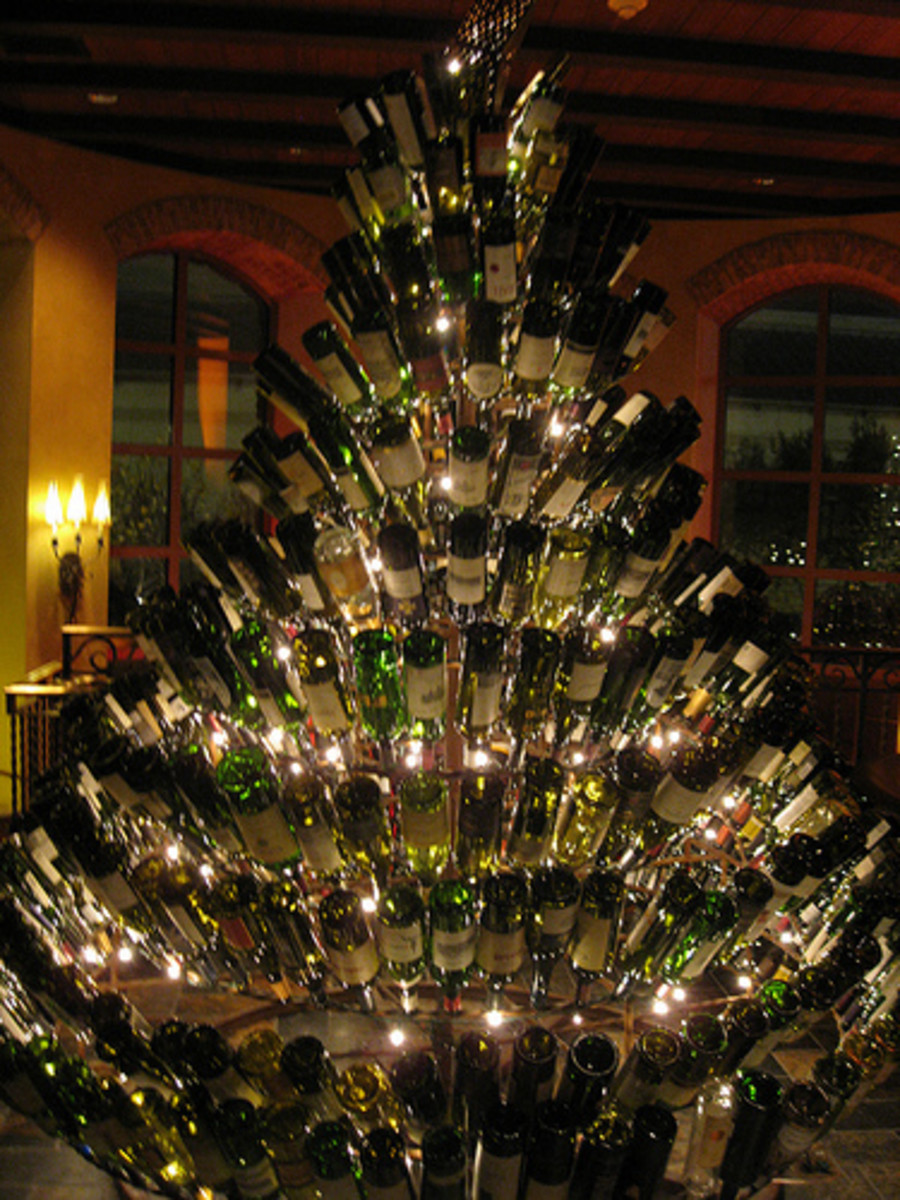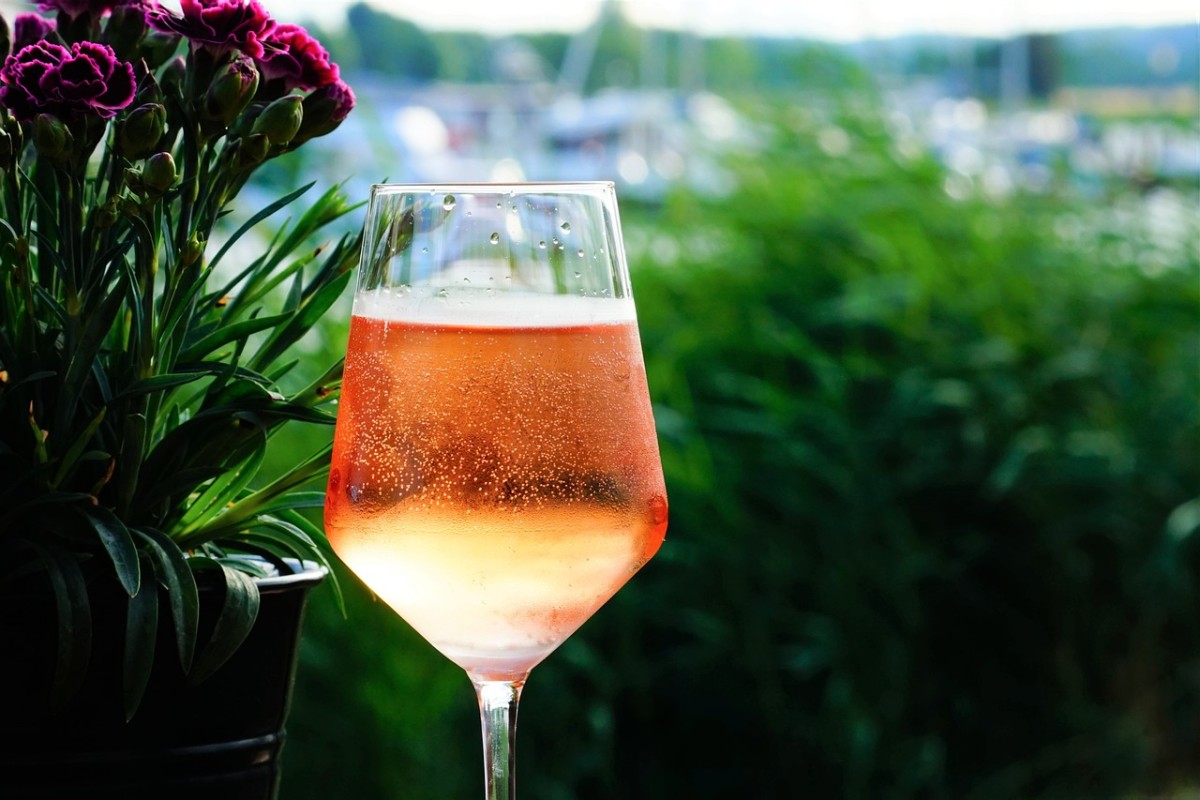How to Hold a Wine Tasting?
How to Hold a Wine Tasting



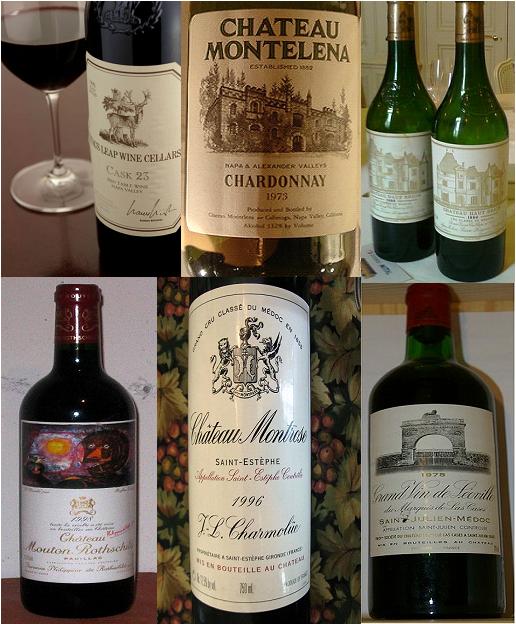



Make Your Wine Tasting Fun
- Make your wine tasting fun. Make it BLIND!
Bettertastingwine: free wine lesson and resources. Learn how to make your wine tasting event fun. Make it a blind tasting party.
Chart of Wine Vintages
List of Cheeses by Country
====================
How to Hold a Wine Tasting
====================
One of the best ways for a novice wine drinker to learn about wines is to hold wine tastings with some of their friends who have similar interests.
-------------------------------
If you keep the number of guests down to less than ten people it is easy enough to do this in your homes on a rotating bases with different couples holding each tasting.
====================
In this hub I intend to do three things:
--------------------------------
1. Tell you why you should hold wine tastings.
2. Tell you what types of wine tastings you can hold.
3. Tell you specifically how to hold a wine tasting in your home.
==================
Top ten reasons why you should hold wine tastings:
===================
- You are able to compare several wines at one time
- You can divide up the cost of the wines among the participants.
- You are able to discuss the wines that you are drinking with your friends.
- You can divide up the work by rotating tasting sites.
- You can have fun planning the tastings with your friends.
- You can have different couples research the wines that you will be drinking and make a brief presentation at the tasting.
- You can serve a variety of crackers and cheeses and learn about them too.
- You can explore wines from different countries.
- You can plan an annual dinner to explore wine and food pairings.
10. It just gives you one more excuse to drink.
=====================
Different Types of Wine Tastings That You Can Hold:
1. Different grape varieties – for example you could compare cabernet sauvignon, pinot noir, merlot and shiraz, all red wines or you could compare chardonnay, pinot grigio, riesling and sauvignon blanc, all white wines.
---------------------------------
2. Different producers of a single grape variety – for example compare five different cabernet sauvignons from different California vineyards all from one vintage.
--------------------------------
3. Different priced wines of a single grape variety – for example, you can find California cabernet sauvignon as cheap as $3-4 a bottle and some cost more than $100 a bottle. Can you really tell the difference? Pick five levels, $4, $8, $12. $16 and $20 and see if you think the increased cost is worth it.
-------------------------------
4. Different vintages of a single grape variety from one producer – pick your favorite wine from the previous tasting and see if you can find the same wine in several different vintages. Not all California vintages taste the same.
-------------------------------
5. The same grape variety produced in different countries – compare pinot noirs from California, Italy, Australia and Chile with French burgundy, which is made from pinot noir.
------------------------------
6. Different types of wine produced in one country – Compare French red wines from Bordeaux, Burgundy, Beaujolais and Rhone. (you could also do this with white wines from the same four areas and throw in Loire white wines too.)
------------------------------
7. Different areas in a single wine producing region – For example Bordeaux is divided up into four regions (Graves, St. Emillion, Pommerol and the Medoc each one producing distinctly different wines).
-------------------------------
8. Different classification levels from a single wine-producing region. – The 1855 Classification of Bordeaux wines divided the best red wines from the area into five growths (first through fifth) and listed them by order of quality within each growth. Surprisingly, this order of quality still holds pretty much even today, although there are notable exceptions.
-------------------------------
9. Different levels of sweetness of the same wine – compare German Riesling from one producer in trocken, kabinett, spatlese and auslese bottlings (progressively higher levels of residual sugar).
-------------------------------
10. Hold a New Year’s Eve champagne tasting. - Serve progressively better champagnes each accompanied by your favorite appetizer ending with a champagne toast at midnight.
====================================
How to Hold a Wine Tasting in Your Home
1. Decide how many people and who you will invite to the wine tasting. Six to eight people are a good number for a first tasting. You can easily fit that many in one room and it allows you to taste at least six different wines. Make sure that they are all interested in wine.
--------------------------------------
2. Decide what day and time you will hold the tasting. I liked to hold them on a Friday night starting at 8:00 PM or later so that guests had time to eat something before they arrived.
--------------------------------
3. Decide what type of tasting to hold. Go through the previous list and pick one. Do your guests prefer red wines or white wines? It is usually better not to mix the two. For new wine drinkers, exploring different grape varieties is a good place to start.
--------------------------------
4. Decide which wines and how many wines you will serve. This will depend on what you decided in the first three steps. Six to eight wines are a good number.
---------------------------------
5. Decide which snacks you will serve with the wines. A selection of cheeses and crackers work well. Serve at least 3-4 different cheeses to give your guests a choice – also at least two different crackers.
---------------------------------
6. Decide how you will present the wines for tasting. At a first tasting, you will want to display the bottles together on a serving table so that guests can look at the labels. In later tastings, you may decide to cover the bottles with paper bags or pour the wines into identical numbered flasks and ask the participants to rate the wines before they see the labels. These are referred to as blind tastings.
----------------------------------
7. Make certain that you have enough glasses and how you will rinse them between wines. You will need at least two clean glasses per person so that guests can compare two wines at one time. There should be a pitcher of water and a bucket so that guests can dump unwanted wine and rinse their glasses between wines. Invest in a case of inexpensive clear wine glasses holding at least 6-10 ounces. You never fill them more than 1/3 full so that you can swirl the wines before checking for their bouquet.
-----------------------------------
8. Decide how you will pay for the tasting. For a first tasting, it is simpler if you pay for everything yourself. Then you will have complete control over what wine and food you will serve. For subsequent tastings, if you decide to form a wine tasting club, you can decide how to split up the costs.
-----------------------------------
9. Decide what feedback, if any, you expect from the guests. At a first tasting, you may simply want to discuss each of the wines that you taste. At blind tastings, you will want to prepare a simple rating sheet for each guest to fill out and near the end of the evening you can tally the results and present them to the group.
-----------------------------------
10. Decide if you wish to plan additional future tastings and how you will go about it. Decide with your guests if they want to form a wine tasting club to meet once a month or every other month and learn about different wines. Plan the next meeting before everyone leaves.
========================================
Whether this is a one-time tasting or the beginning of a wine club, which will meet on a regular basis, the main thing to remember is that this should be a fun event. Make certain that none of your guests drives home if they have drunk more than they should. It is a good idea to make a strong pot of coffee and serve it with a dessert at the end of the tasting to give guests a little time to recover before driving home.
========================================
How to taste red wine
Pinot Noir, Cabernet Sauvignon and Mer;ot
Tips from the world's best sommelier
More Wine Hubs by rjsadowski
- Top Ten Things You Should Know About Wine
If you are interested in learning about wine, here is a list of the top ten things that you should know. Topics covered are wine production, consumption, what to look for and other interesting facts. The most important thing to remember is that there - An Introduction to California Wines
California is one of the largest producers of wine in the world. If it was a country it would be fourth behind only France, Italy and Spain. Although in recent years, the prices for their top quality wines have skyrocketed, there are still many relat - French Wine Regions - Burgundy
The various regions of Burgundy are described as well as the grapes that are grown there. In addition, many of the greatest wines of Burgundy are listed along with my comments on those that I have tasted. Also included are fond recollections of a wee - An Introduction to French Wines
France is the largest producer of wines in the world. French wine regions like Bordeaux, Burgundy, Champagne and Beaujolais have become household words. French grape varieties such as cabernet sauvignon, pinot noir, chardonnay, syrah and merlot are p - An Introduction to New Zealand Wines
New Zealand is one of the fastest growing wine producing areas in the world. In the 1990s a British wine critic declared that New Zealand sauvignon blanc was - An Introduction to Australian Wine
Australia is the sixth largest producer of wine in the world producing 4.4 percent of the world's wine. It is also the third largest exporter of wine to the United States accounting for 15.6 percent of the wine imported here. This hub is intended to - An Introduction to Argentine Wines
Argentina is the fifth largest producer of wine in the world. Their wine consumptiom is considerably less than their production so they are major exporters of wine and they are the seventh largest importer of wine into the United States. With moderat - An Introduction to Hungarian Wines
The Romans brought grape vines to Hungary and by the 5th century there were extensive vineyards planted. In 2010, Hungary was the 16th largest producer of wine accounting for nearly 1.5% of the world's production. Hungary produces many different vari - Champagne - It's Not Just for New Year's Eve
Around the holidays, advertisements for champagne begin to appear on television. That is because so many people want to celebrate the holidays and particularly New Year's Eve with a bottle of Champagne. However, you can enjoy champagne for any specia



